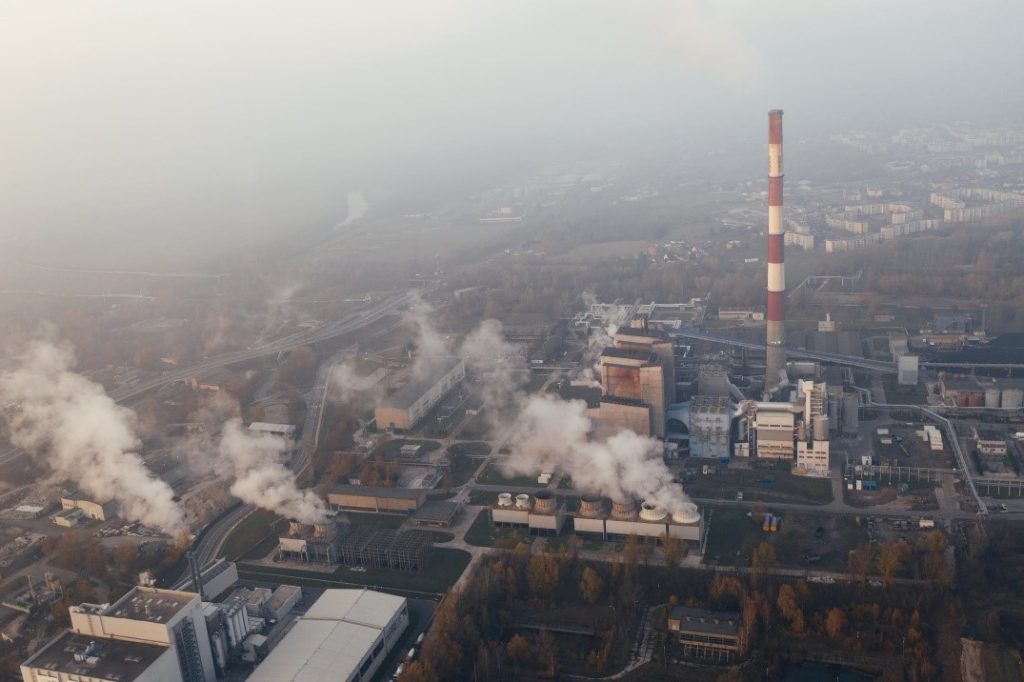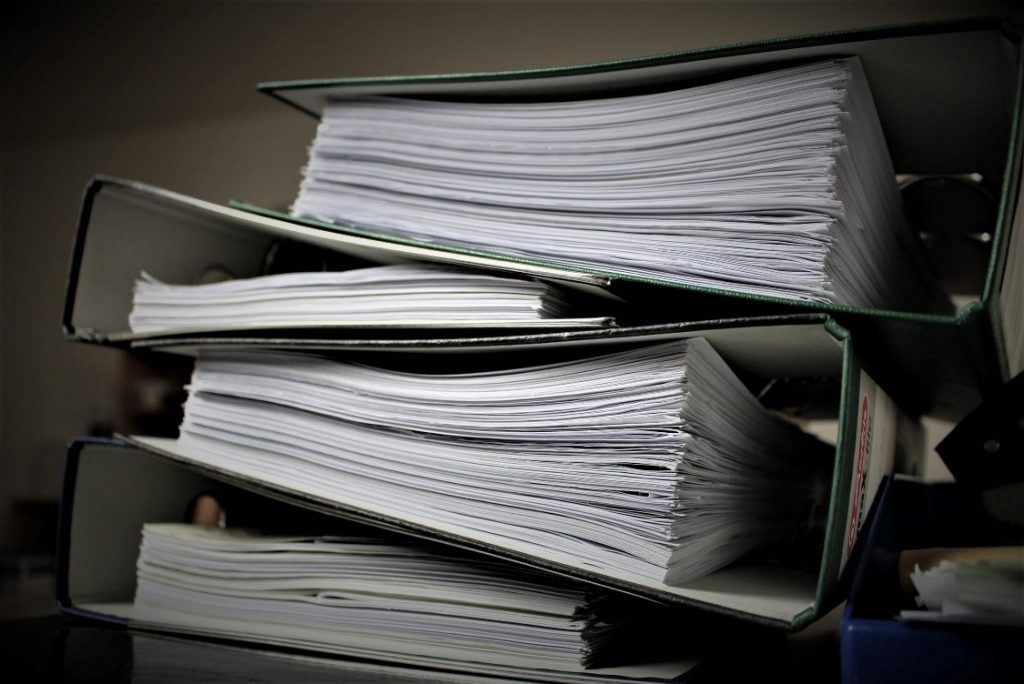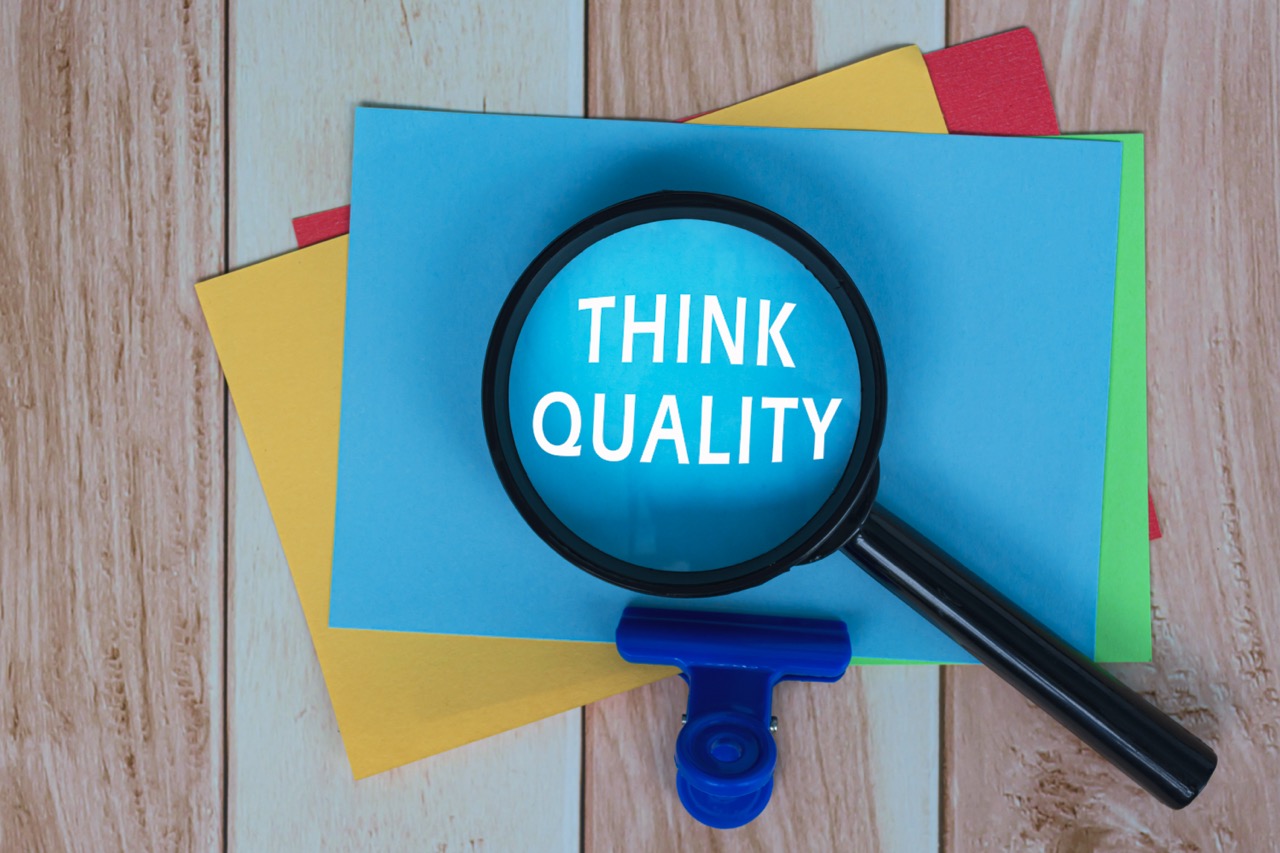Welcome to a comprehensive guide on requirements of Clause 7 within ISO 9001 – the backbone for ensuring robust support systems within any organization. This clause dives deep into the foundational requirements crucial for a seamless Quality Management System (QMS). Within this guide, we’ll unravel the intricacies about requirements of Clause 7, exploring its segments – Resources, Competence, Awareness, Communication, and Documented Information. Each segment elucidates essential elements necessary to fortify and sustain an effective QMS.
In this detailed exploration, you’ll find an in-depth breakdown of each subsection under requirements of Clause 7. From understanding the criticality of resource allocation encompassing people, infrastructure, and conducive environments, to delving into the pivotal aspect of assessing and ensuring the competence of personnel, this guide ensures a comprehensive comprehension of these imperatives.
Moreover, we’ll uncover the significance of fostering awareness among employees regarding quality policies and procedures. Communication strategies, often underestimated, take center stage, elucidating the impact of effective internal and external communication on QMS success. Lastly, the discussion navigates through the realm of documented information, deciphering the mandate for maintaining, retaining, and controlling essential documents.
For anyone seeking to enhance their grasp on ISO 9001 and fortify their organization’s quality management, this guide serves as an indispensable roadmap. It offers actionable insights and practical approaches to align your systems with the requirements stipulated in Clause 7, ensuring not just compliance, but also the sustainability and continual improvement of your QMS.
Let’s embark on this journey together, understanding the intricacies about requirements of Clause 7 within ISO 9001, and discover how these fundamental aspects serve as the bedrock for a resilient, efficient, and successful Quality Management System.
Requirements Of Clause 7 within ISO 9001
To implement operational and other processes, organisations should ensure that adequate supporting procedures are established. Required resources should be identified and available, resource monitoring processes should be determined, training should be available to ensure the necessary competence of workers, and QMS documents should be controlled and communicated. ISO 9001 standard provides guidance on how to identify resources, determined competence, raise awareness and document required information.

Clause 7.1 – Resources
To satisfy the requirements of Clause 7, Organisation should ensure that resources required for the establishment, implementation, maintenance, and continual improvement of the QMS are identified and available. Resource allocation will be effective when the organisation has a clear understanding of what needs to be done. Thus, this clause is deeply interlinked with Clause 6: planning of the QMS. Resources can include:
- People: People are required to ensure effective implementation, operation, and control of the QMS processes. Organisation should also understand the capabilities of internal resources and if there is a need for external providers.
- Infrastructure: Infrastructure facilities are necessary for the smooth operation of the processes. The facilities that organisations should consider include buildings, manufacturing equipment, hardware, software, utilities, etc.
- Environment: To have a conducive and stress-free environment, organisations should facilitate physical, social, and psychological factors for their operation to achieve conformity of products and services. Physical factors can include workplace location, light, temperature, humidity, and adequate facilities. Social and psychosocial factors necessary to carry out processes can include avoiding conflicts/bullying/harassment, fatigue management, non-discrimination and other factors which can be harmful to the health of workers and compromise their wellbeing.
Monitoring and measuring resources:
Resource identification and allocation is an ongoing process since the QMS requirements of Clause 7 may change over time. Once organisations defined the resources required for their processes, they should determine measuring and monitoring plans to ensure that these resources are adequate and fit for use. This includes maintenance and calibration of equipment that can affect the quality of the products and services. All monitoring and measuring resources that require maintenance and calibration should be identified.

Once the critical resources are identified, organisations should establish a plan to:
- Calibrate and verify equipment at planned intervals, or prior to use, against measurement standards traceable to national or international measurement standards
- Identified in order to determine their status, and
- Safeguard from adjustment, damage or deterioration that would invalidate the calibration status and subsequent measurement results
Organisational knowledge:
Within an organisation, there are information gained from internal and external sources (e.g. intellectual properties, product knowledge, lessons learned, customers’ feedback, etc.) that can provide business value. Organisation should have processes in place to capture and retain this knowledge and use this information to keep themselves updated within the changes in their business environment. There is no requirement for a formalised knowledge management system in requirements of Clause 7, but organisations should demonstrate sufficient understanding on the importance of organisational knowledge and its impact on the quality of their products and services.
Clause 7.2 – Competence
Workers play a key role in establishing, implementing, maintaining, and continually improving an organisation’s QMS. Therefore, they should be competent to effectively perform their quality-related responsibilities. The standard emphasises determining the competence of workers operating under the organisation’s control to carry out their tasks. Workers are considered competent if they have the required level of knowledge, skill, and experience to complete their assigned tasks as per specified requirements of Clause 7.
Organisations should establish processes to assess workers’ competencies against their business needs. To determine competency of workers, organisations should:
- Define the competencies required for the roles that can affect QMS and its performance. Required competencies can be education, qualifications, and experience – operational or technical.
- Ensure that workers at all levels have the necessary competence for their quality-related responsibilities.
- Determine actions required for workers to acquire the necessary competence if they are deemed to not meet the required level of competency. These actions can include training, refresher courses, hiring competent workers, or contracting of external expertise.

To ensure that the workers hired have the required competency, organisations should establish recruitment processes like screening, interviews, referrals, etc. If there is a skill gaps for the existing workers, adequate training should be arranged to fill the skill gaps. Training is generally an expensive solution for the organisation. Thus, when competence is acquired through training, the organisation should define a process to document, monitor and evaluate its effectiveness to ensure that the conducted training is adding value to the organisation’s quality performance.
Organisations should retain documented information as evidence of their actions to ensure the competency of their workers. This documented information may include competence evaluation procedures, role-based ideal competencies, records of assessment of competence, training plans, records of training, and evaluation of the effectiveness of trainings.
Clause 7.3 – Awareness
To effectively contribute to the achievement of the QMS objectives and requirements of Clause 7, workers should be aware of the organisation’s quality policies and procedures relevant to their tasks. Thus, the standard requires organisations to provide awareness training to inform workers performing tasks under the organisation’s control about what they need to do to support the QMS.
Based on the requirements of Clause 7, the content of these awareness trainings should include:
- The quality policy
- Quality objectives
- Identification of workers’ contribution to the QMS, to ensure that workers are aware of how improved QMS performance could benefit them
- Potential consequences of not conforming to the QMS requirements

Clause 7.4 – Communication
In requirements of Clause 7, poor communication is one of the main causes of quality failure and confusion in an organisation and often leads to workers not being motivated or inspired to collaborate. Organisations should establish and implement an effective communication strategy to communicate internal and external matters relevant to their QMS. These matters may relate to their quality policy, result of meetings, compliance to legal or other obligations, result of nonconformances, and new products and services.
- What needs to be communicated
- When it needs to be communicated
- Who needs to see the communication
- How it should be communicated.
- And who should communicate.

Clause 7.5 – Documented information
While developing their QMS, organisations should consider documented information that is required to be maintained and retained. Requirements of Clause 7 within ISO 9001 refers to ‘documented procedures’ as documents that need to be ‘maintained,’ and ‘records’ as documents that need to be ‘retained’. Policies, objectives, Standard Operating Procedures (SOPs), work instructions, regulatory requirements, and other documents providing information that needs to be updated and kept current, are examples of documents that need to be ‘maintained’ by the organisation. Meeting minutes, audit reports, results of the calibration of measuring equipment, licences, and other documents that provide evidence and results of actions taken, are examples of documents that need to be ‘retained’ by the organisation.
Organisations need to maintain and retain documented information which is:
- A mandatory requirement of clause 7 within ISO 9001
- Required by the organisation to effectively manage their QMS.
Examples of mandatory documents for requirements of Clause 7 within ISO 9001 can include scope of the QMS, quality policy, quality objectives, results of management reviews, records of nonconformances, etc. Depending on organisational factors such as size, complexity, legal requirements and competency requirements, organisations may consider maintaining and retaining other documented information to control their QMS performance. For instance, if a procedure causes misunderstanding and misinterpretation for existing and new workers (or other interested parties) leading to incorrect practices, incidents, and non-conformities, organisations may consider creating documented information for that procedure.
Organisations should have an appropriate document control processes to ensure that their documented information can be easily identified when it is being created or updated. Adequate referencing conventions such as title, date, reference number, and author should be used. Documented information should be in an appropriate format (e.g. language, software version, graphics) and medium (e.g. paper, electronic). Documented information should be approved before being disseminated throughout the organisation, and regularly reviewed for suitability and adequacy to prevent the circulation of out-dated information.
Organisations should establish a robust document control process to define and implement controls needed to approve, distribute, protect, review, revise, identify changes, retain, dispose of, and provide access to documented information of internal and external origin. To manage documented information processes effectively, organisations should communicate these processes to ensure that workers understand what types of information need to be controlled and how this control should be exercised.
Conclusion
As we draw the curtains on our exploration about requirements of Clause 7 within ISO 9001, it’s evident that these foundational pillars—Resources, Competence, Awareness, Communication, and Documented Information—form the backbone of a resilient and effective Quality Management System. The depth of understanding these elements ensures not just compliance but a culture of quality woven into the fabric of an organization.
From recognizing the significance of resource allocation, nurturing competence among personnel, to fostering awareness and establishing robust communication channels, each facet contributes indispensably to the success of a QMS. Moreover, the meticulous management of documented information emerges as a linchpin, ensuring clarity, relevance, and accessibility of critical data.
Remember, this journey through requirements of Clause 7 is not merely about adherence to standards; it’s about fostering a culture of excellence, continual improvement, and adaptability. It’s about empowering organizations to embrace change, leverage their strengths, and forge ahead in an ever-evolving landscape of quality management.
As you apply the insights gleaned from this guide, consider it not as a mere checklist, but as a roadmap for organizational enhancement. Embrace these principles, adapt them to your unique contexts, and witness the transformation they bring to your Quality Management System.
Thank you for accompanying us on this journey through the intricacies about the requirements of Clause 7 within ISO 9001. Here’s to fostering robust, adaptable, and thriving Quality Management Systems that propel organizations towards excellence and sustained success.




